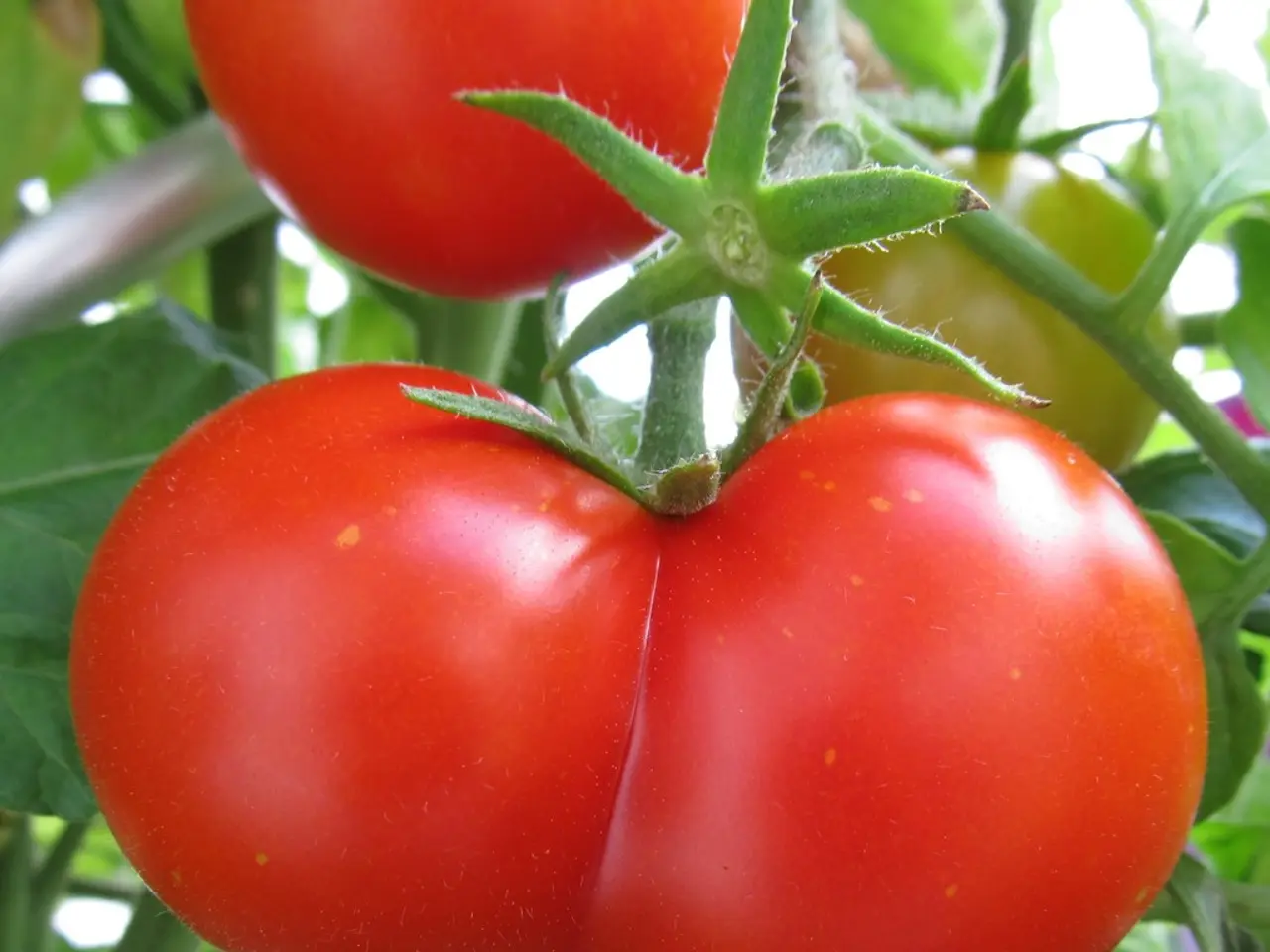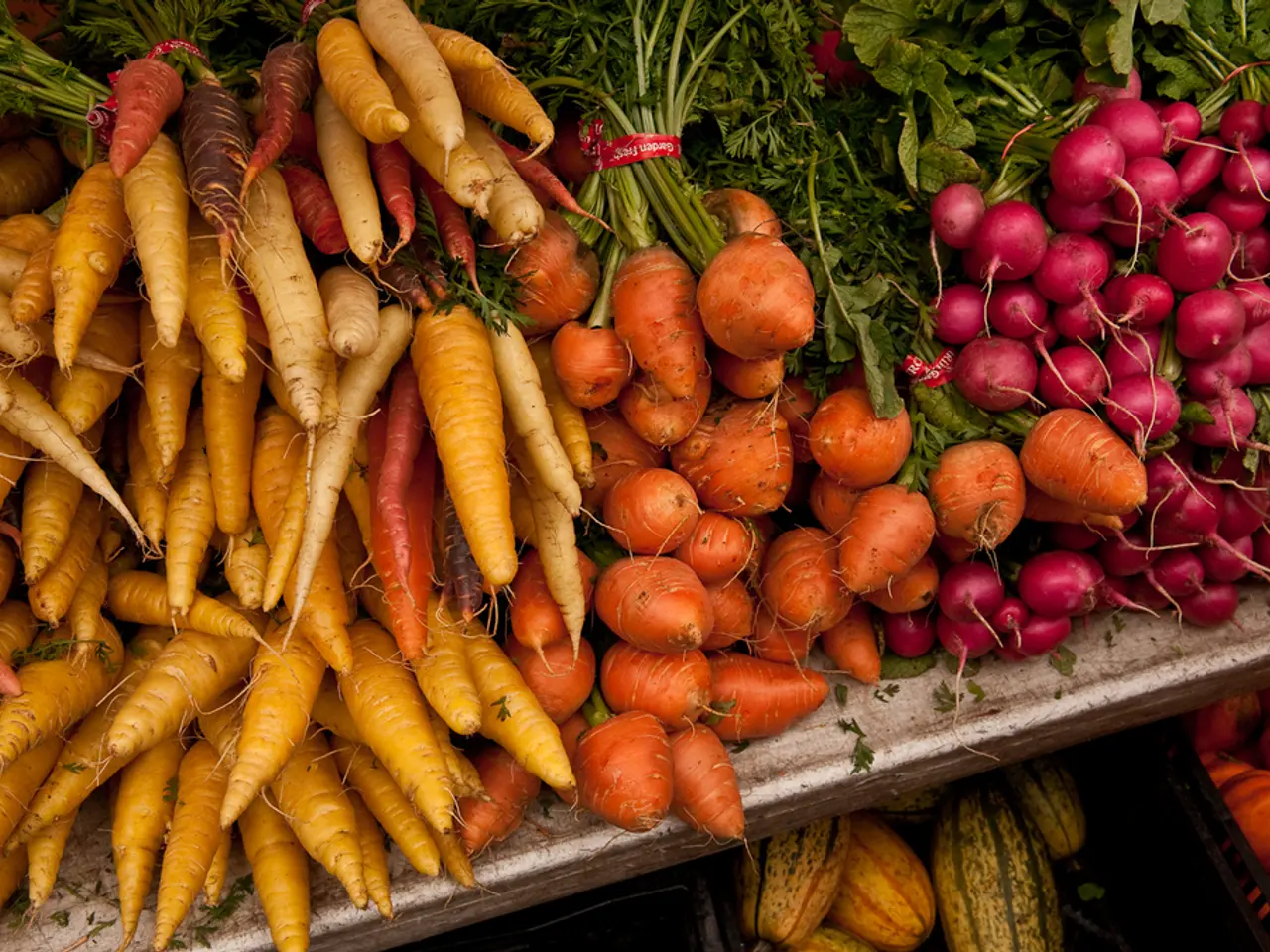Guarding Tomatoes from Scorching in a Greenhouse Garden: A Comprehensive Gardener's Advice
Sunscald on Greenhouse-Grown Tomatoes: A Common Problem and Its Solutions
Ever see ugly, leathery patches on your greenhouse-grown tomatoes, ruining both their appearance and taste? That's sunscald, a frustrating yet preventable problem caused by excessive sunlight and heat. This guide will walk you through understanding why it happens and, more importantly, how to stop it, so you can enjoy delicious, blemish-free tomatoes all season long.
Understanding Sunscald
Before jumping into solutions, let's define the issue. Sunscald isn't a disease; it's a physiological disorder, a severe sunburn on tomato fruit. It happens when the fruit, especially those not yet fully mature, are exposed to intense sunlight and heat. The sensitive skin tissues literally cook under the unrelenting sunlight. You'll recognize it by large, whitish or yellowish, papery patches on the sun-facing side of the fruit. These patches often sink inwards, becoming leathery, and later turn grey or black if secondary fungi invade the damaged area. The affected areas are inedible, ruining otherwise perfect tomatoes.
Your Greenhouse as a Hotspot for Sunscald
While greenhouses protect plants from wind, rain, and pests, they also create unique conditions that increase sunscald risk compared to open gardens. The primary factor is the intense, magnified sunlight inside the glass or polycarbonate panels. This radiant heat trapped inside can raise temperatures significantly, cooking fruit surfaces. Furthermore, inadequate ventilation allows heat buildup, creating stagnant, hot air. Low humidity inside the greenhouse again worsens the problem, as dry air makes it harder for plants to cool themselves via transpiration. Finally, over-pruning leaves developing fruits suddenly exposed without protective cover can exacerbate the issue.
Defense Strategies
Now that we understand the causes, let's implement effective countermeasures. Prevention is key since once damage appears, it's irreversible for the fruit:
1. Strategic Shading:
Use shade cloths. Opt for knitted polyethylene cloth with 30-40% density, offering significant heat and light reduction without limiting growth. Install the cloth to the outside of the greenhouse if possible, as draping it inside can trap heat. Use a simple frame or attach it securely to the structure. Apply shading before the hottest part of the season kicks in - don't wait until you see damage. Retractable systems offer flexibility, allowing full sun on cooler days.
2. Temperature and Humidity Control:
Maintain consistent airflow via roof vents, side vents, and exhaust fans (powered or solar). Use circulating fans inside to prevent stagnant air pockets. Monitor humidity; aim for 60-80% for tomatoes during the day. Misting systems help increase humidity temporarily during peak heat, but ensure it doesn't promote fungal diseases on foliage. Dampening down pathways also adds moisture to the air as it evaporates.
- Watering Practices:
Ensure consistent soil moisture; stressed plants are more susceptible to sunscald. Use drip irrigation or soaker hoses for targeted watering delivery, keeping foliage dry and minimizing disease risk. Water early in the morning to allow foliage to dry and ensure plants are well-hydrated before the day's heat.
- Pruning with Caution:
While some pruning improves airflow and directs energy into fruit production, be mindful not to overdo it. Never strip a plant bare. Always leave enough foliage to shadow the sunlight reaching the developing fruit clusters. Focus on removing suckers and lower, diseased, or yellowing leaves but retain protective cover over the fruit trusses.
Harnessing Technology
For supplemental lighting in lower-light situations or darker climates, choose quality, cool-running LED grow lights. These emit very little heat directly onto the plants, allowing closer placement without fear of burning. LEDs also consume significantly less electricity and offer spectrum control for optimal plant growth. Pair this with a reputable LED supplier like BATA LED grow light manufacturer for the right fixture size, spectrum, and intensity for your specific greenhouse setup and tomato variety.
By combining shading, meticulous environmental control, clever watering practices, and potentially LED grow lighting, you create an environment where your tomatoes can thrive without facing the threat of sunscald. The result is a greenhouse filled with healthy, vibrant plants yielding an abundant harvest of perfect, sun-kissed - not sun-scalded - tomatoes. The effort put into prevention pays back tenfold in the quality and satisfaction of your homegrown bounty!
In a greenhouse, the intensity of sunlight and heat can magnify, leading to sunscald on tomatoes, a physiological disorder resembling a severe sunburn. To protect tomatoes from sunscald, employ defense strategies such as implementing strategic shading with knitted polyethylene shade cloths, maintaining consistent temperature and humidity through proper ventilation and circulation, adopting watering practices that keep soil consistently moist, and pruning plants cautiously to ensure enough foliage covers developing fruit clusters. Additionally, LED grow lights can be beneficial for low-light situations, offering cool-running, energy-efficient, and targeted solutions for growing tomatoes without the risk of sunscald.




